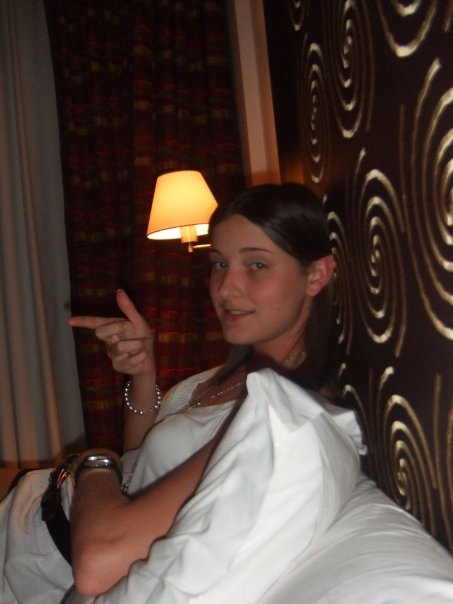1. What skills have you developed through this project and how effectively do you think you have applied them?
I feel more confident working independently and managing my time to fit multiple briefs in a schedule. I also feel I am developing more work in the areas of graphic design that I am interesting in, which is design or print. From completing more briefs based on design for print I have been able to improve my skills needed in this area. I feel like my layout skills have improved as the more I work with layout and grids the more I understand how to use them to communicate my designs effectively.
I also think I am developing more typographic skills and a greater interest into the area, although type is not my main strength I feel I want to learn more about type so I can use it more effectively in my work along-side image, or type as image.
2. What approaches to generating work and solutions to problems have you developed and how have they helped?
Each brief helped me developed my strategy for working. Juggling multiple briefs allowed me to generate work more quickly as there was a lot to fit in the period of time available. Generating research was much faster than what I previously would have spent on a project but still to a high standard, I have become more selective in my research making quicker decisions on what paths of research to use to develop further. Also generating development work such as layouts proved to be vital to my fished designs, rather than going straight to a mac and mocking designs up. Working on paper allowed me to get the ideas from my head down without the constraints of what the computer can do.
3. What strengths can you identify in your work and how have/will you capitalise on these?
I think one main strength in my work is my research, with a variety of research I was able to develop interesting concepts that would capture my audience and deliver the messages successfully.
4. What weaknesses can you identify in your work and how could you exploit these more fully?
A massive weakness was my time management and being over ambitious, I took on too many briefs for the time available and I had to drop the Orange brief. I chose to drop this brief because I had had the least amount of ideas for where I could develop it and it was dragging behind. I feel like having this brief in the first place helped though because it encouraged me to make quick decisions with the others knowing I had a lot to get on with.
I think the crafting of some of the final pieces could be better, especially the Capital One brief, if I had the resources I would have the cut out with the spoon to be plastic.
Another weakness was displaying my finished pieces in context; I didn’t allow time for setting up photography. The only project I put in context was the postcards in a Don’t Panic pack. The Capital One brief was supposed to have been photographed within a breakfast environment after being collecting from a letterbox.
5. Identify five things that you will do different next time and what do you expect to gain from doing these?
1. Develop my crafting skills for finished pieces. This will make them look more professional, creating stronger pieces for the brief and my portfolio.
2. Find out how different processes can be used for printing, help the technical side of my design when sending my designs for print, this will be important in industry.
3. Photograph all pieces in context to show how audience would interact with my designs.
4. Create realistic timetabling so I wasn’t too ambitious with the amount of briefs to take on.
5. Develop more ideas quickly to make sure I have the strongest one to work with.
6. How would you grade yourself on the following areas:
Attendance - 4
Punctuality - 4
Motivation - 4
Commitment - 4
Quantity Of Work Produced - 4
Quality Of Work Produced - 4
Contribution To The Group - 4
Monday, 1 June 2009
Thursday, 28 May 2009
Capital One Resolution
Tuesday, 26 May 2009
Capital One Mock-up
Sunday, 24 May 2009
Griddot type
Subscribe to:
Posts (Atom)














